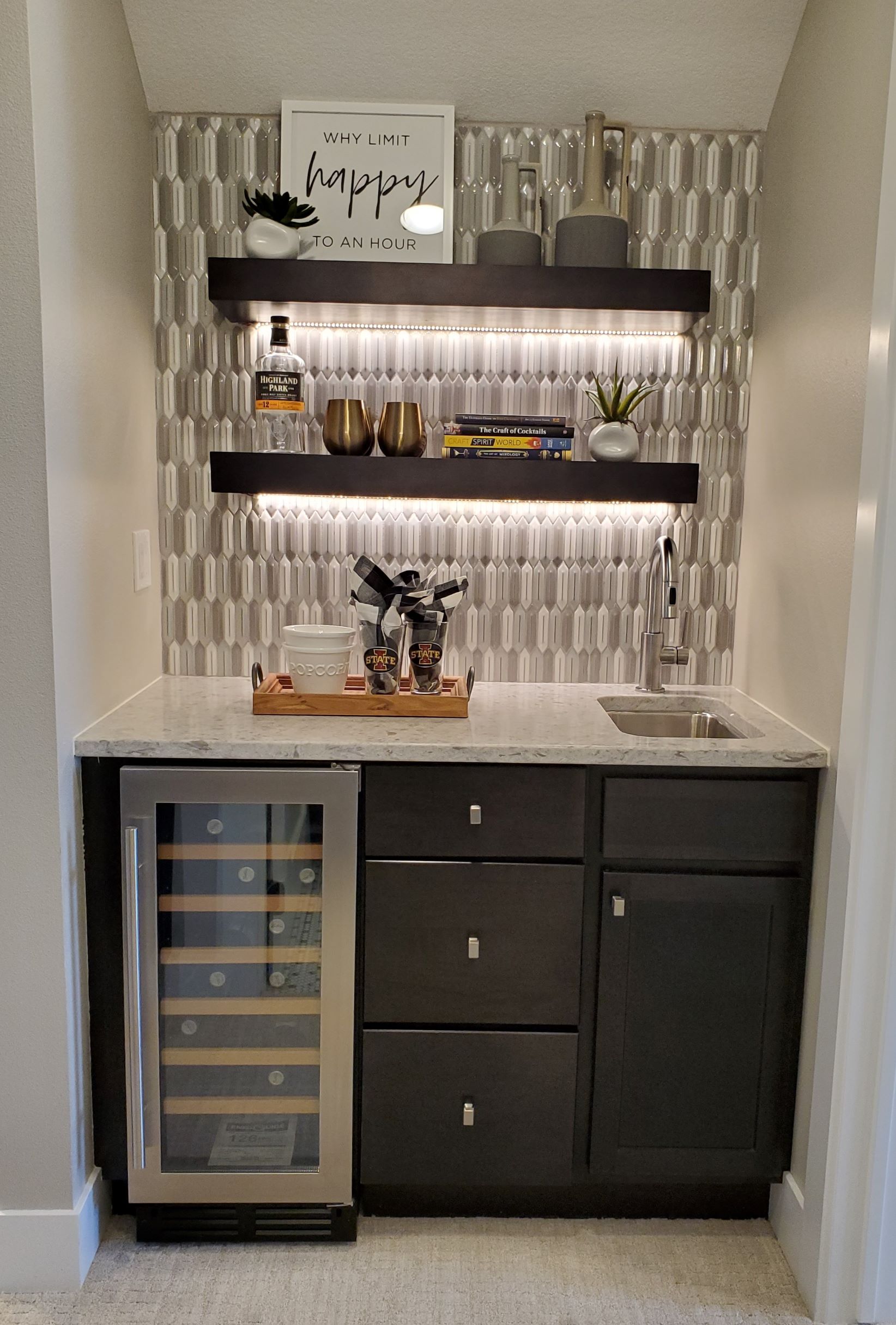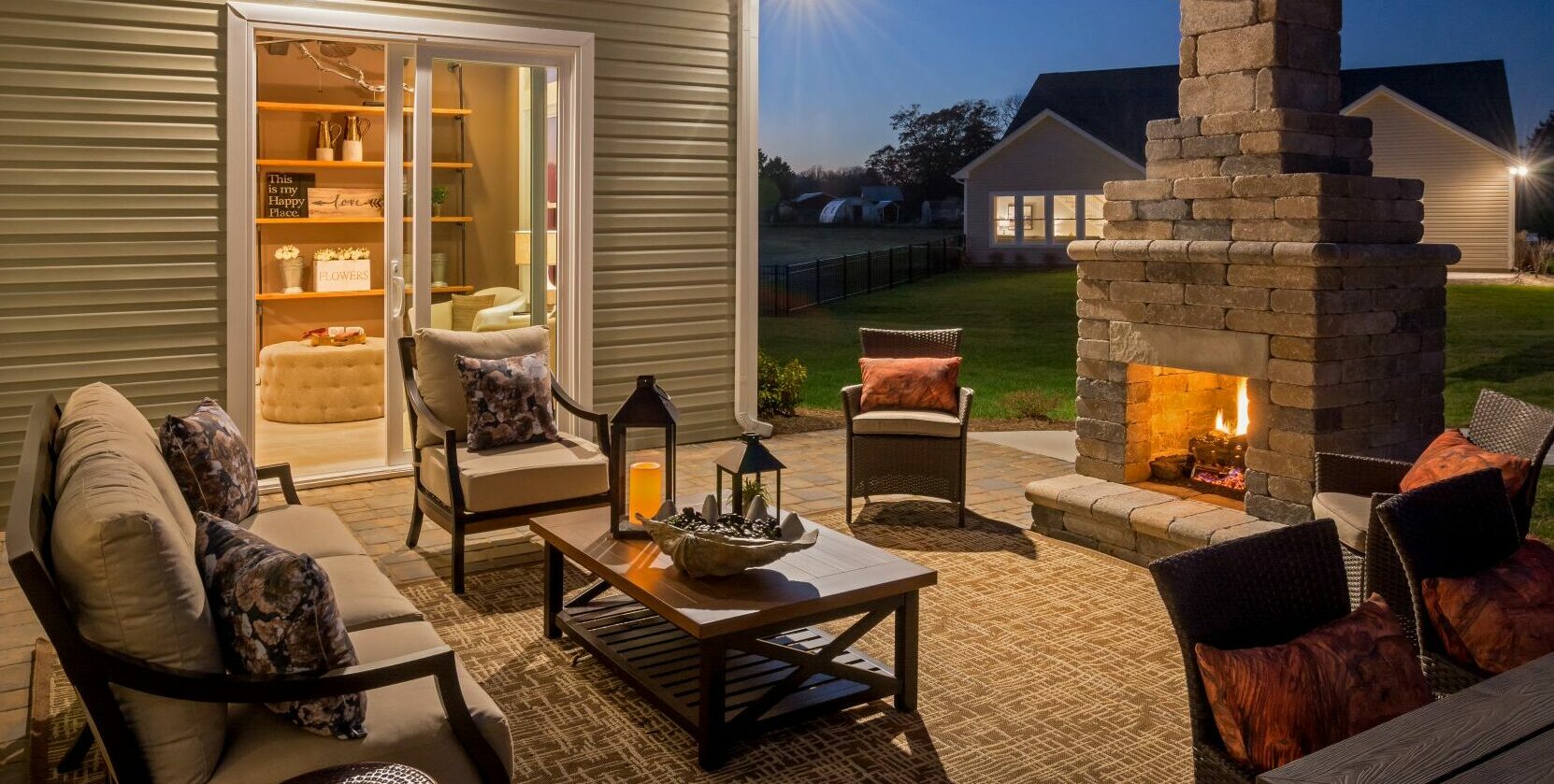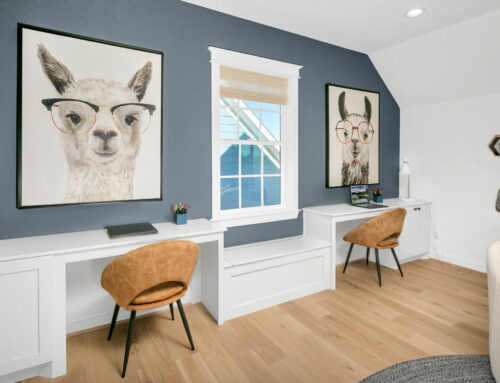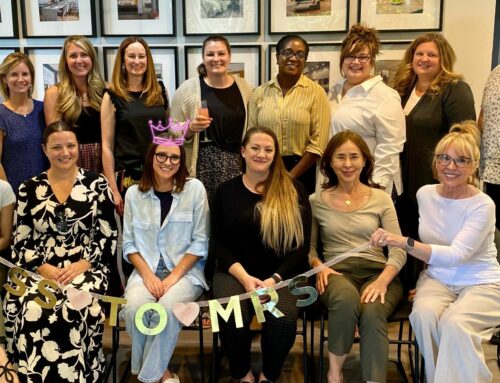Buyer Expectation vs. Presentation
A prospective buyer’s dreams of homeownership, and expectations of what they can afford, are often out of sync. It is up to an interior designer/model merchandiser to bridge that gap. Interior designers/merchandisers work to meet homebuyer’s dreams and expectations through the design and merchandising of the model home. It is the model home that supports the builder’s efforts by demonstrating the potential of the home and helps the sales agent close the deal.
Buyer Dreams and Expectations
What exactly are the expectations of today’s home buyers? The wish lists are as diverse as the buyers themselves. For things such as what kind of finishes, or flooring, and the more detailed desires, a builder will need to refer to their buyer profiles for their specific buyer expectations. However, as far as lifestyle dreams and expectations, there are some constants.
According to NAHB – and a myriad of other sources – most home buyers are looking for the same general things in their new home. They want a home that can help fulfill their dream of a happier, healthier, more fulfilled life. A home that is better than where they currently reside. One in which their aspirational lifestyle is achievable.
To help sell that dream, as merchandisers, we build upon the architecture and showcase the flexibility and efficiency of the living space. Through strategic presentation, we help to sell the dream and bridge the gap between expectation and reality.
Builder’s Presentation
Builders understand that to be successful, they need to create a model home that demonstrates the fulfillment of the buyers’ dreams and expectations. They know that regardless of home price, and buyers’ budgets, everyone hopes to find a home that is better, or more special, than their current one. This is where good, effective interior design/merchandising comes in to play. Professional interior design/merchandising can prove the dream is available at a price they can afford.
To Bridge the Gap, Some Techniques Include:
Merchandising every space strategically.
Sometimes this will mean leaving an area free of finishes and/or artwork and instead, painting a mural. Other times it may mean incorporating a floating bookshelf. This is where the designer/merchandiser will work to emphasize the architecture to capture a potential buyer’s imagination. It will help the buyer see the variety of uses for a space (i.e., work and/or school from home, area for entertaining, hobbies, etc.)

Our designers took advantage of this little nook at the top of the stairs to create a memorable and efficient use of space.
Providing an outdoor design that compliments the interiors.
This helps to promote the perception of expanded living area as well as the dream of entertaining at home. To achieve this, we may accentuate the indoor/outdoor relationship of the floorplan to promote a sense of more living space and a healthy connection to the environment. The price of materials specified can vary based on the buyers’ budget and expectation, but the story remains the same: present the dream they can afford.

This cozy back patio evokes images of evenings spent with friends around the fireplace.
Meeting Expectations
Todays’ homebuyers have high expectations of their homes. They expect their new homes to not only satisfy a multitude of uses, but also to help them fulfill a certain lifestyle they dream of living. The presentation of the lifestyle in a model home is how merchandisers pull together the buyers’ expectations and reality while helping the builder sell more homes and make buyers happier.
To learn how we can help merchandise your model home to sell more homes and make more buyers happy, please contact us today.






